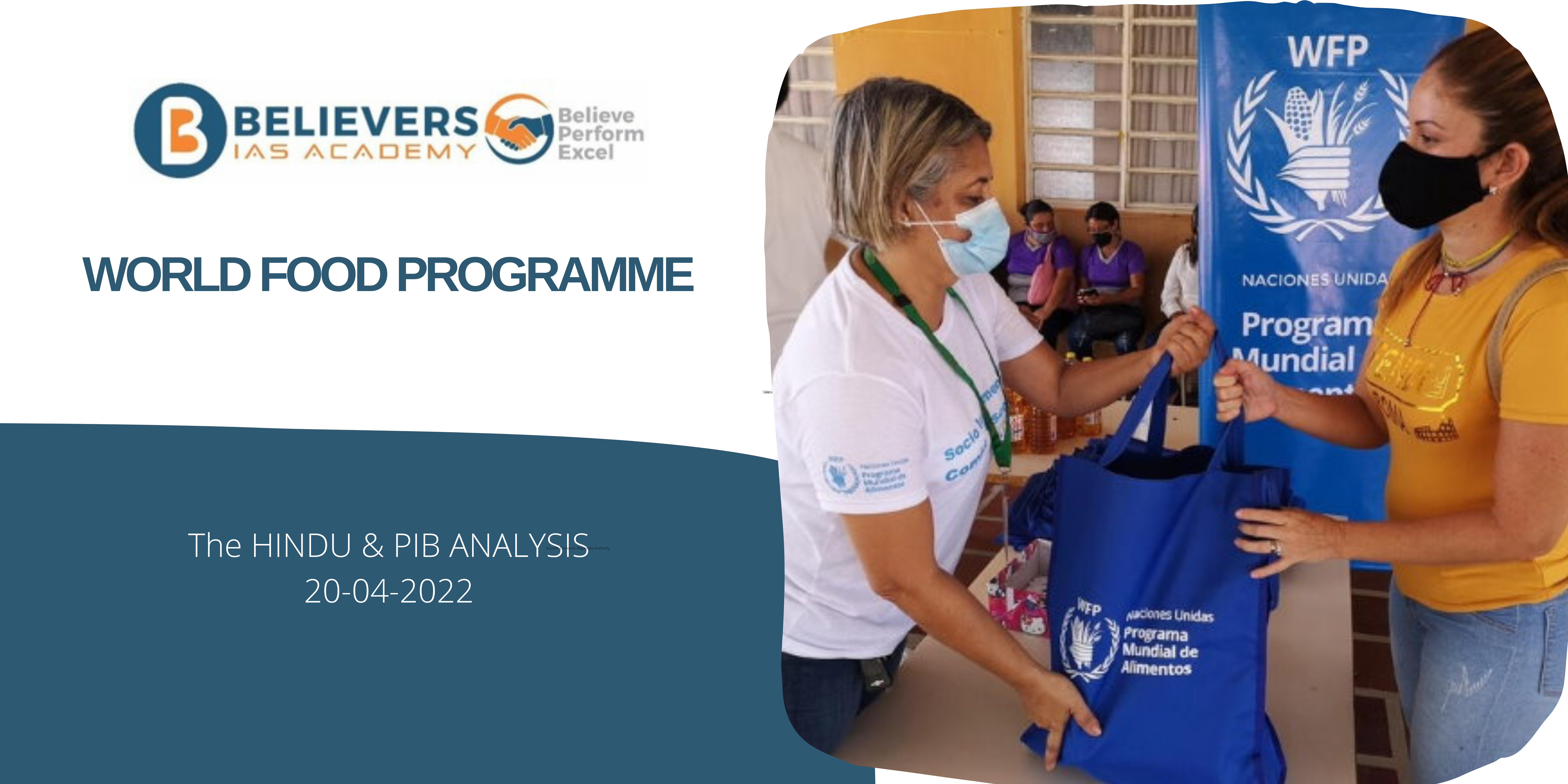An Overlook of Maternal Health In India
Context:
• Kerala has yet again emerged on top when it comes to maternal and child health recording the lowest Maternal Mortality Ratio (MMR) of 30 (per one lakh live births) in the country.
What is the National Maternal Mortality Rate?
• As per the Sample Registration System (SRS) report by Registrar General of India (RGI) for the last three years, Maternal Mortality Ratio (MMR) of India has reduced from 130 per 100,000 live births in SRS 2014-16 to 122 in SRS 2015-17 and to 113 per 100,000 live births in SRS 2016-18.
• So, comparatively Kerala is in a much better position compared to rest of the states in India.
Targets envisaged by various International organizations:
• In 2015, in anticipation of the launch of the SDGs, the World Health Organization (WHO) and partners released a consensus statement and full strategy paper on ending preventable maternal mortality (EPMM).
• The EPMM target for reducing the global maternal mortality ratio (MMR) by 2030 was adopted as SDG target 3.1: reduce global MMR to less than 70 per 100 000 live births by 2030.
• WHO leads the UN Maternal Mortality Estimation Interagency Group (MMEIG) composed of WHO, UNICEF, UNFPA, the United Nations Population Division, and the World Bank Group.
• The MMEIG is tasked with generating internationally comparable estimates of maternal mortality for the purposes of global monitoring, having done so for Millennium Development Goal reporting and will continue to do under the Sustainable Development Goals framework.
• Monitoring maternal health is widely seen as one of the most complicated health indicators within global frameworks.
• Significant unfinished business and challenges remain with estimating MMR; primarily due to the availability and usability of population-based data on maternal death.
Source: THE HINDU




